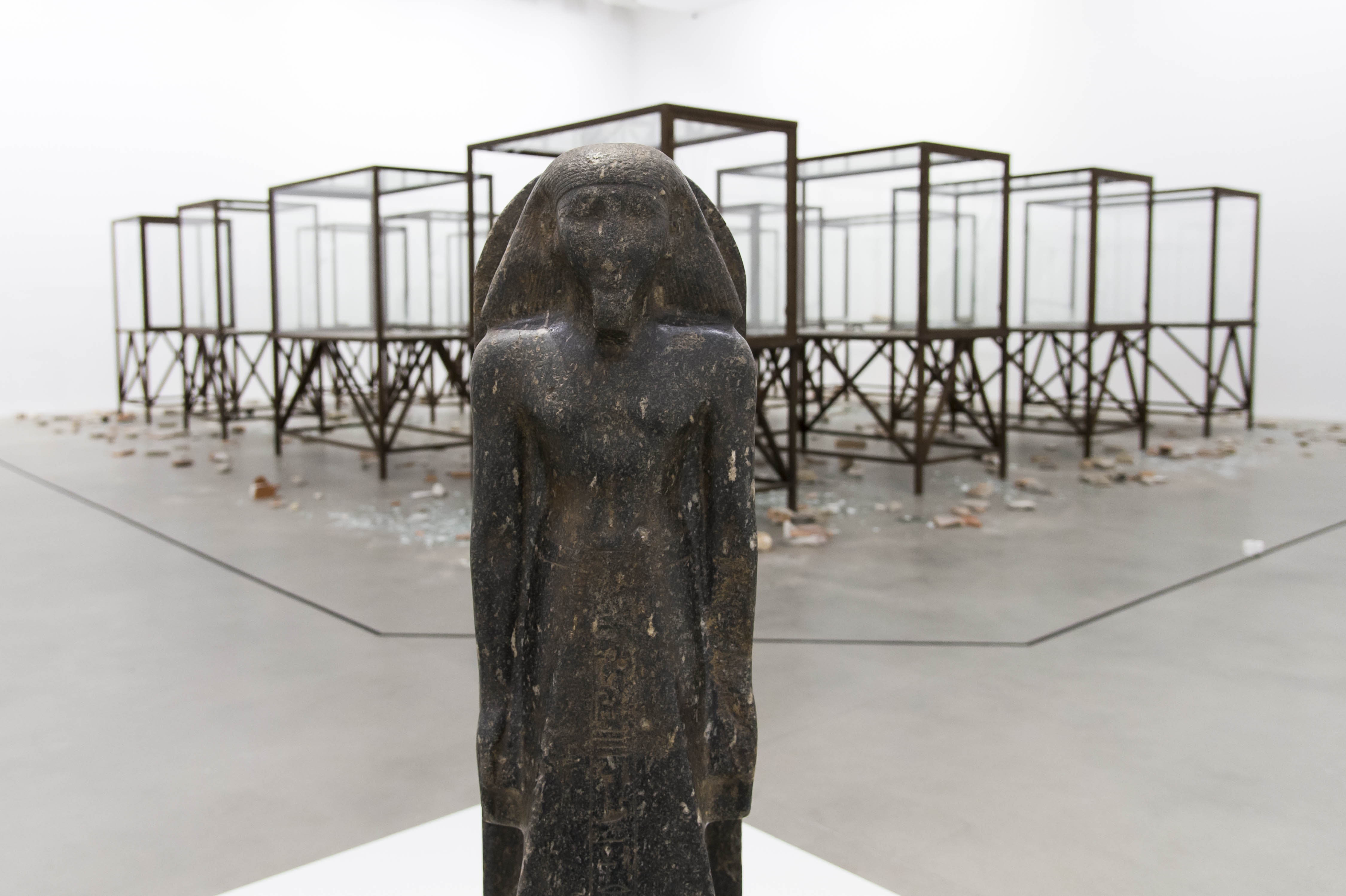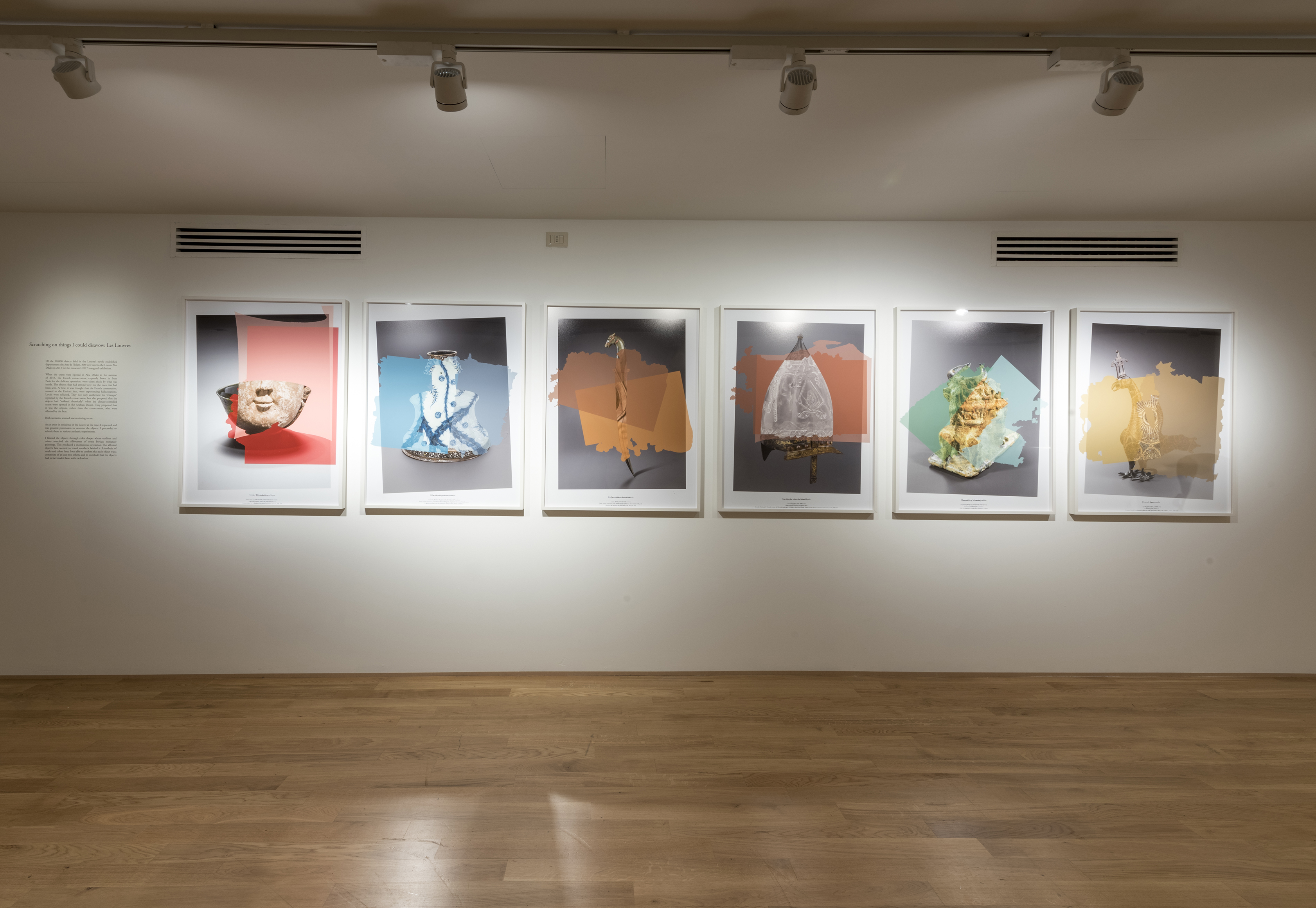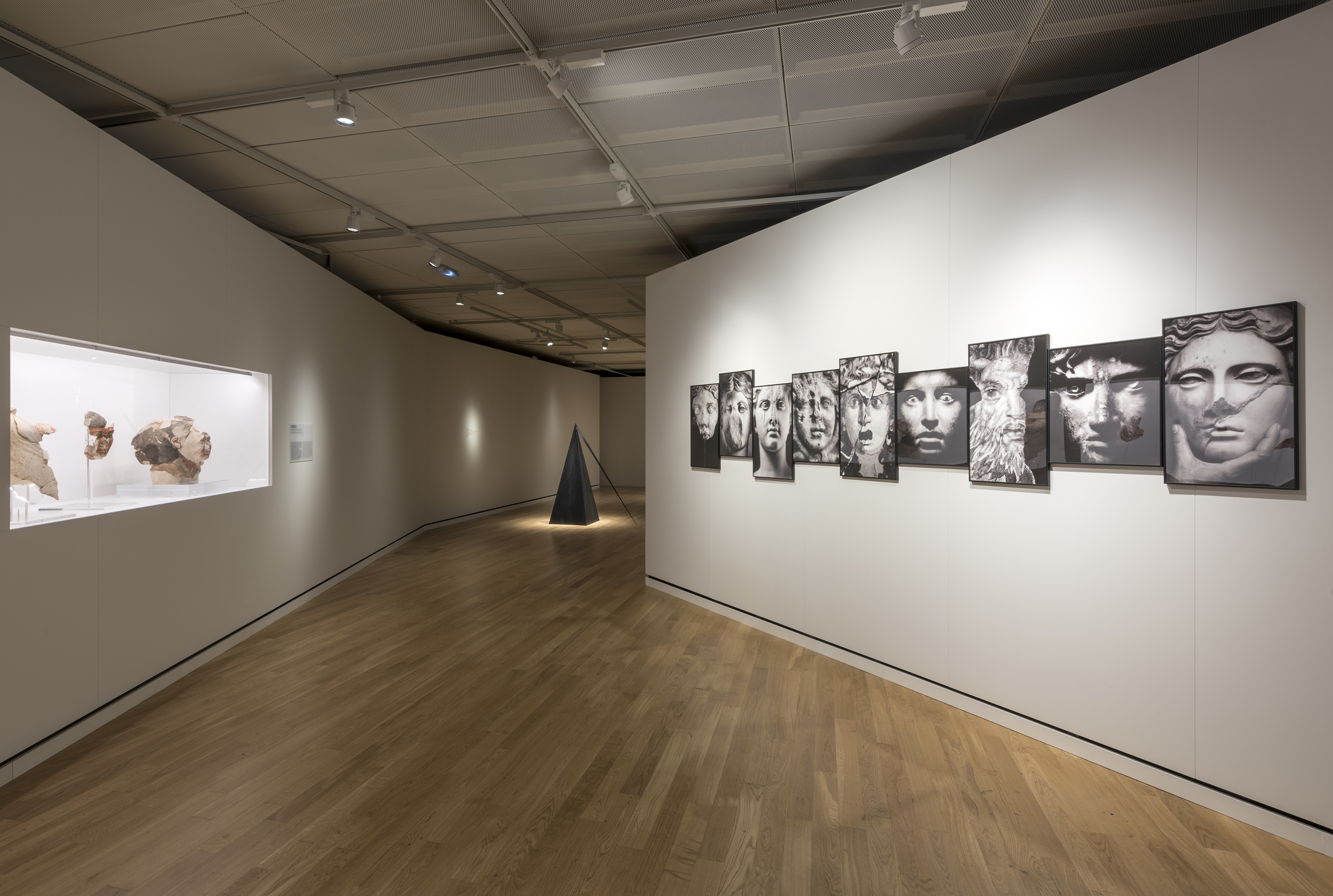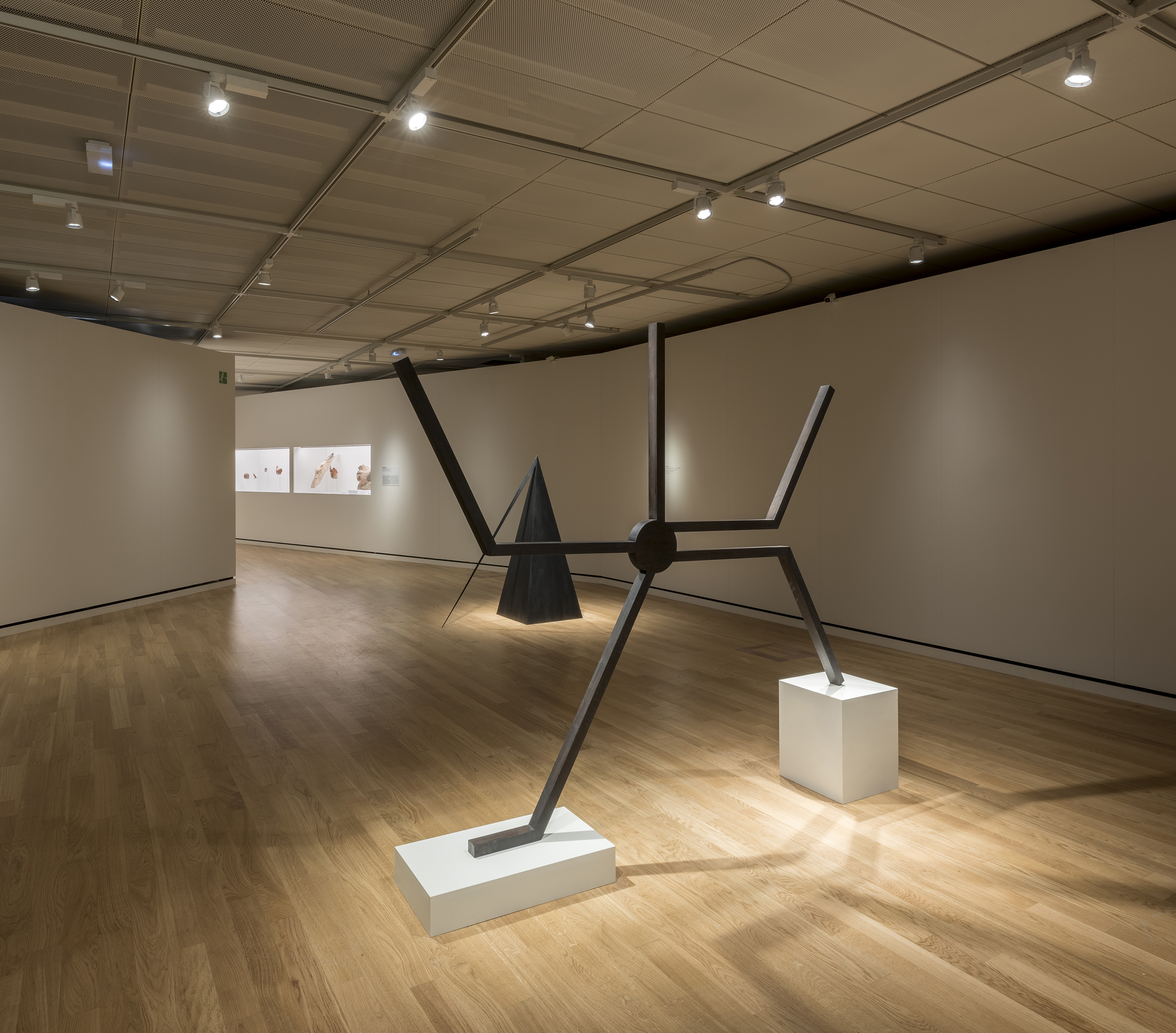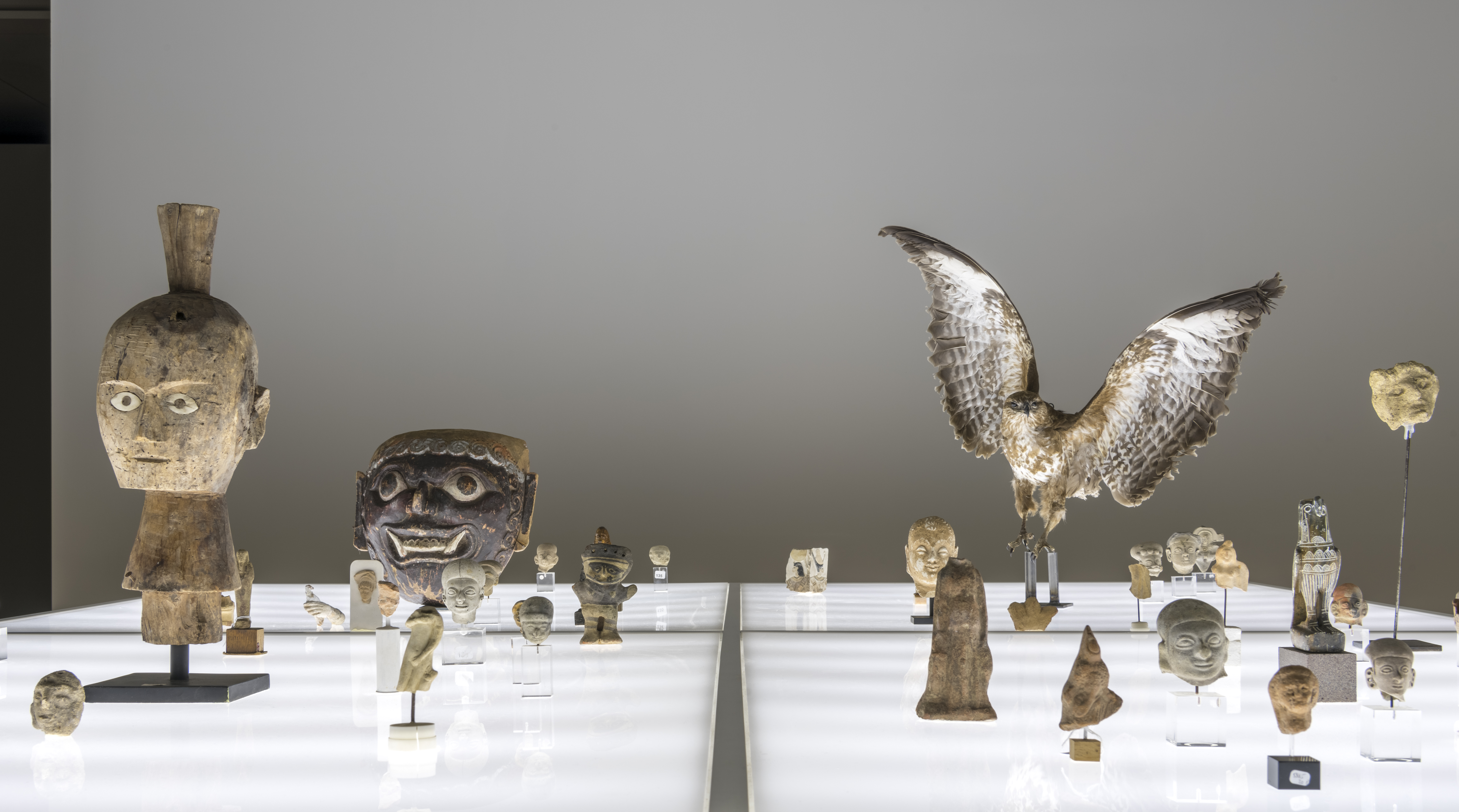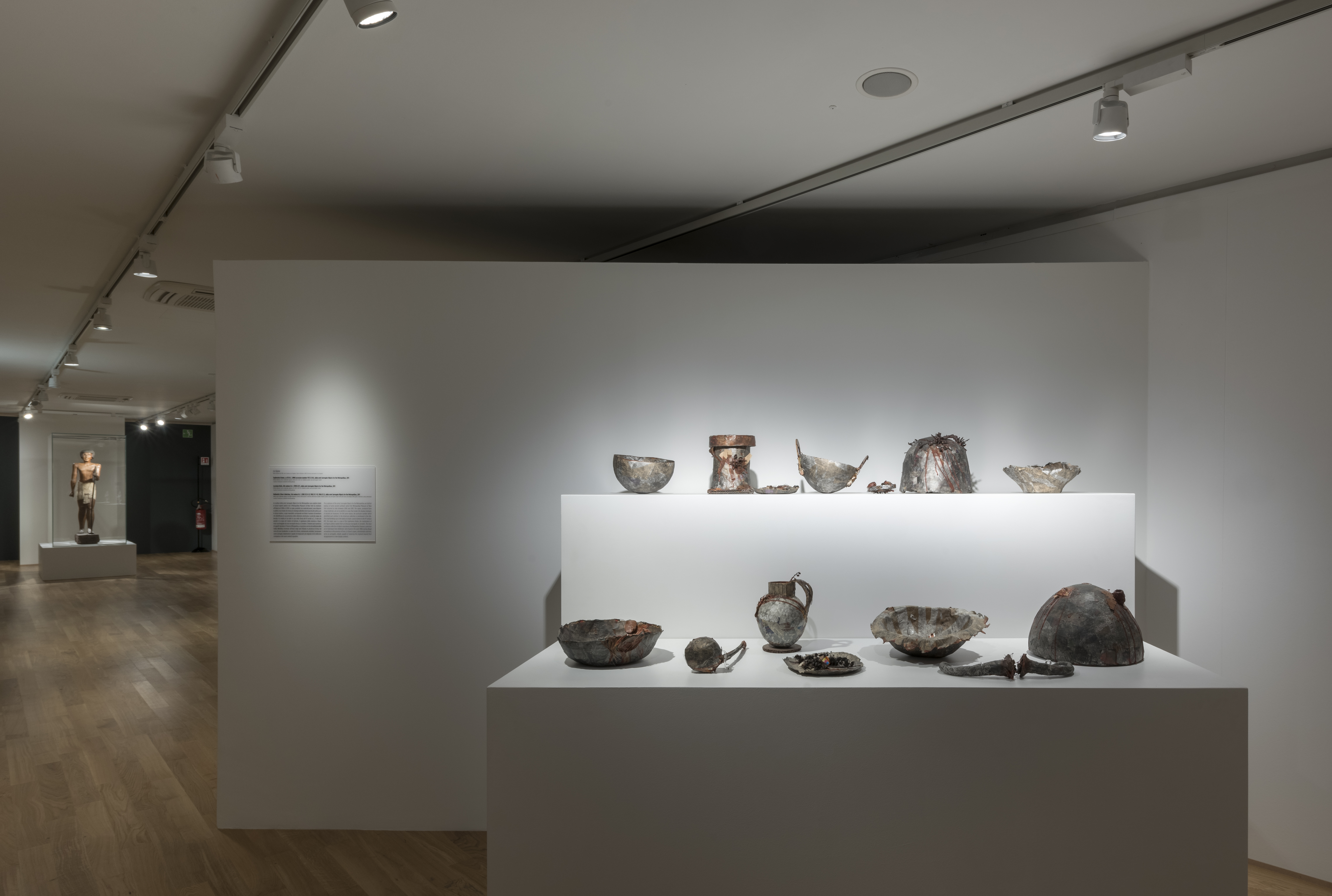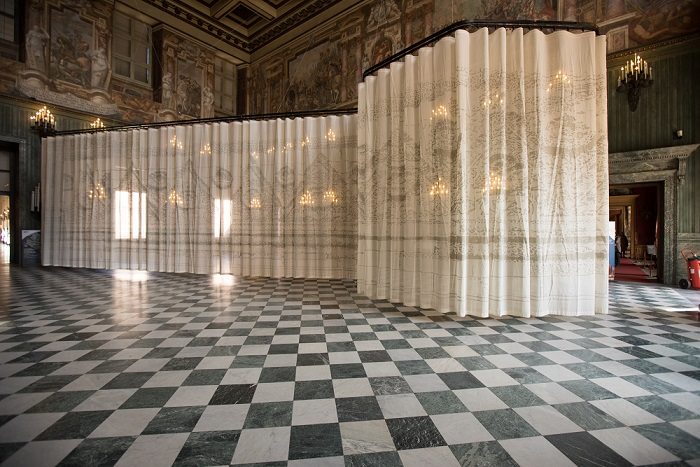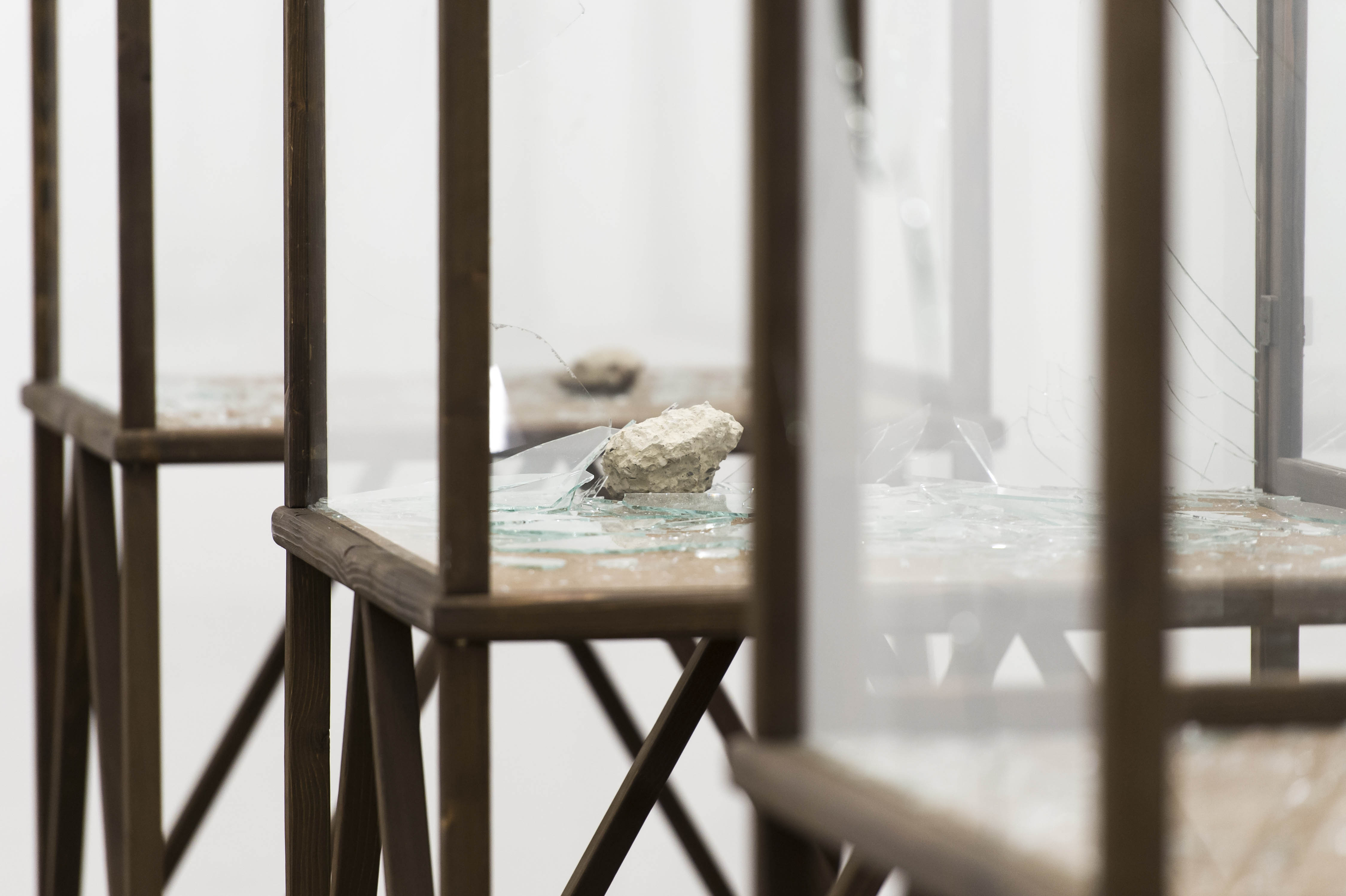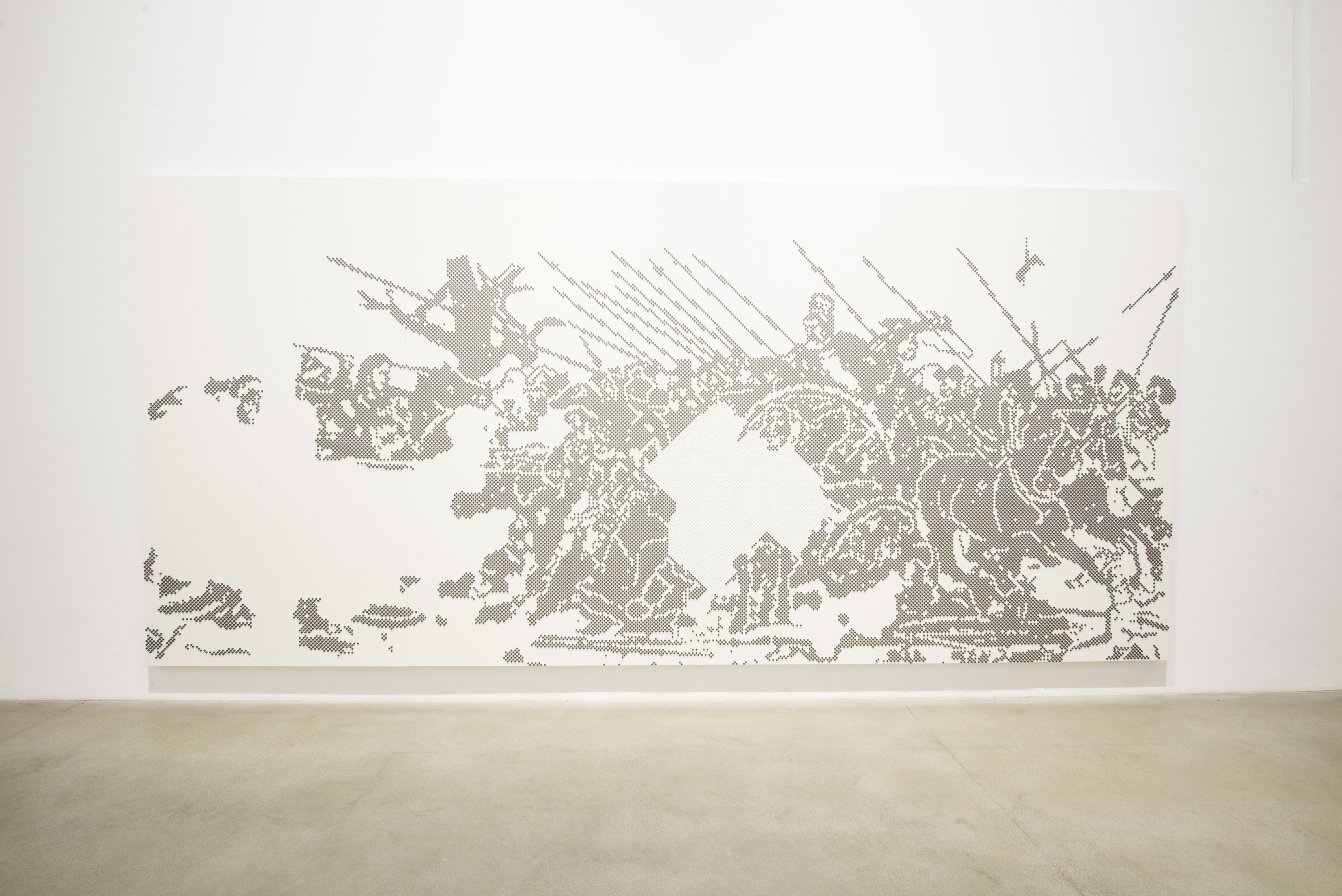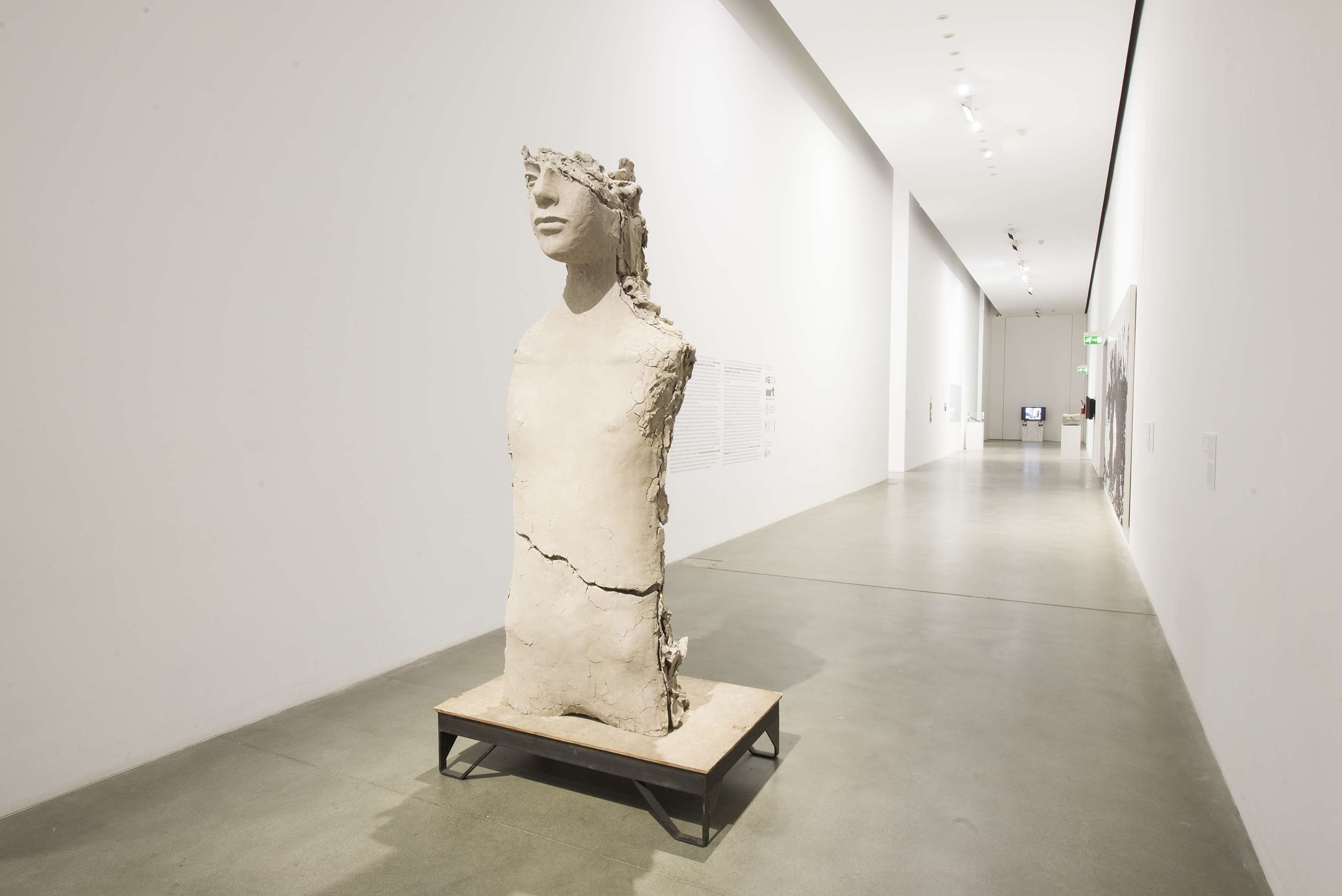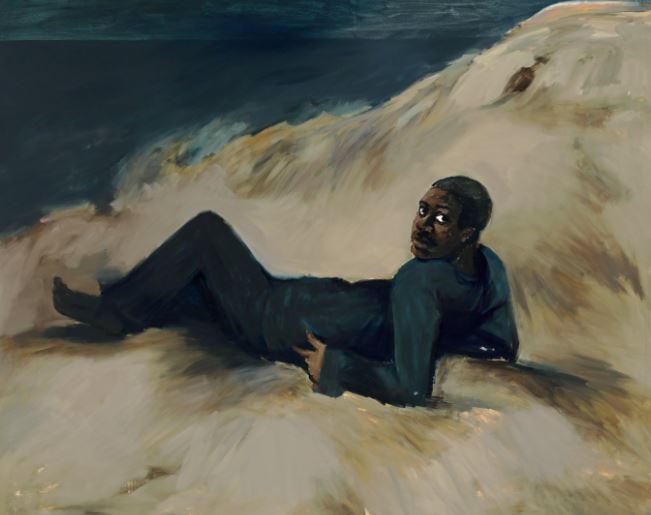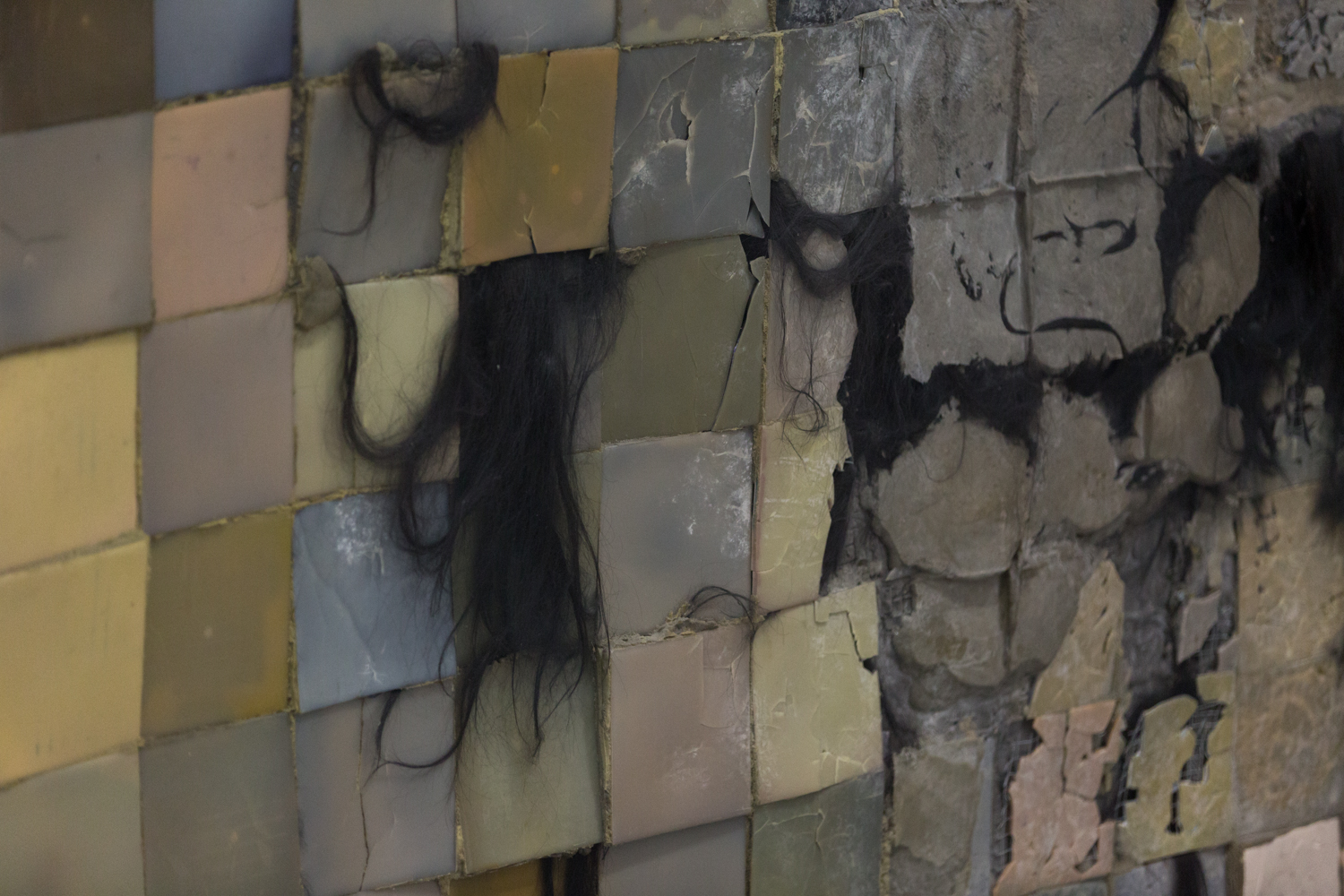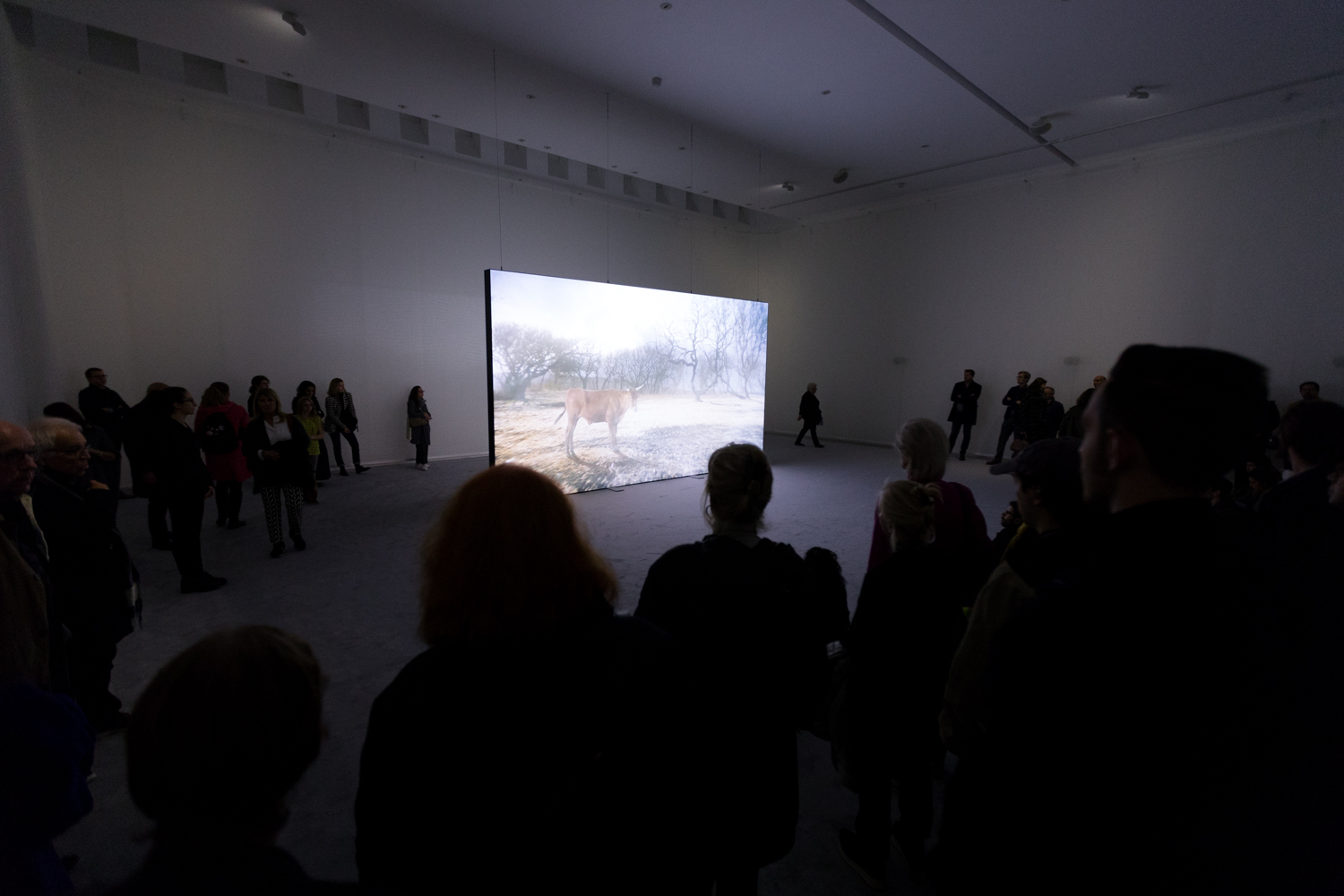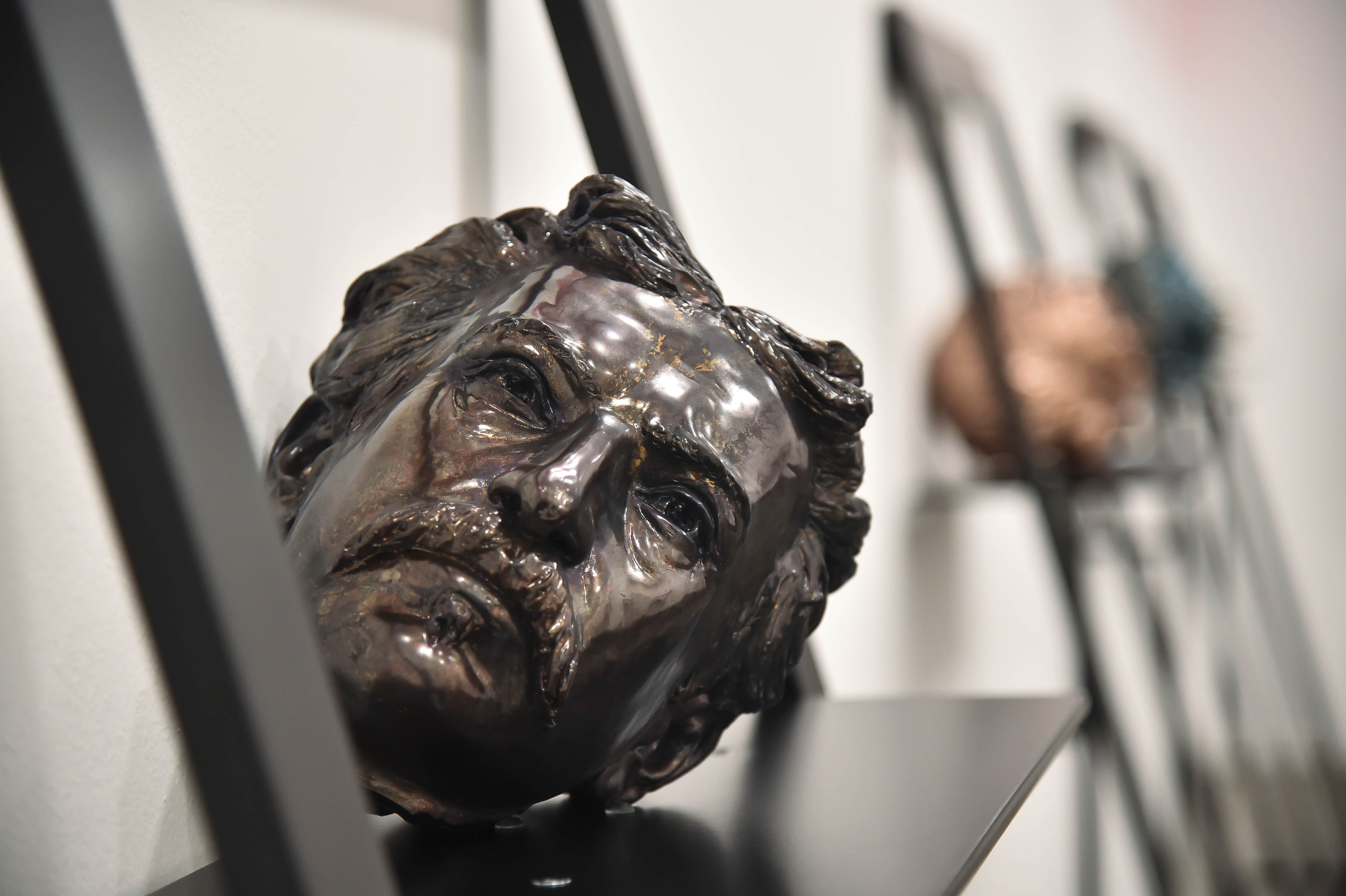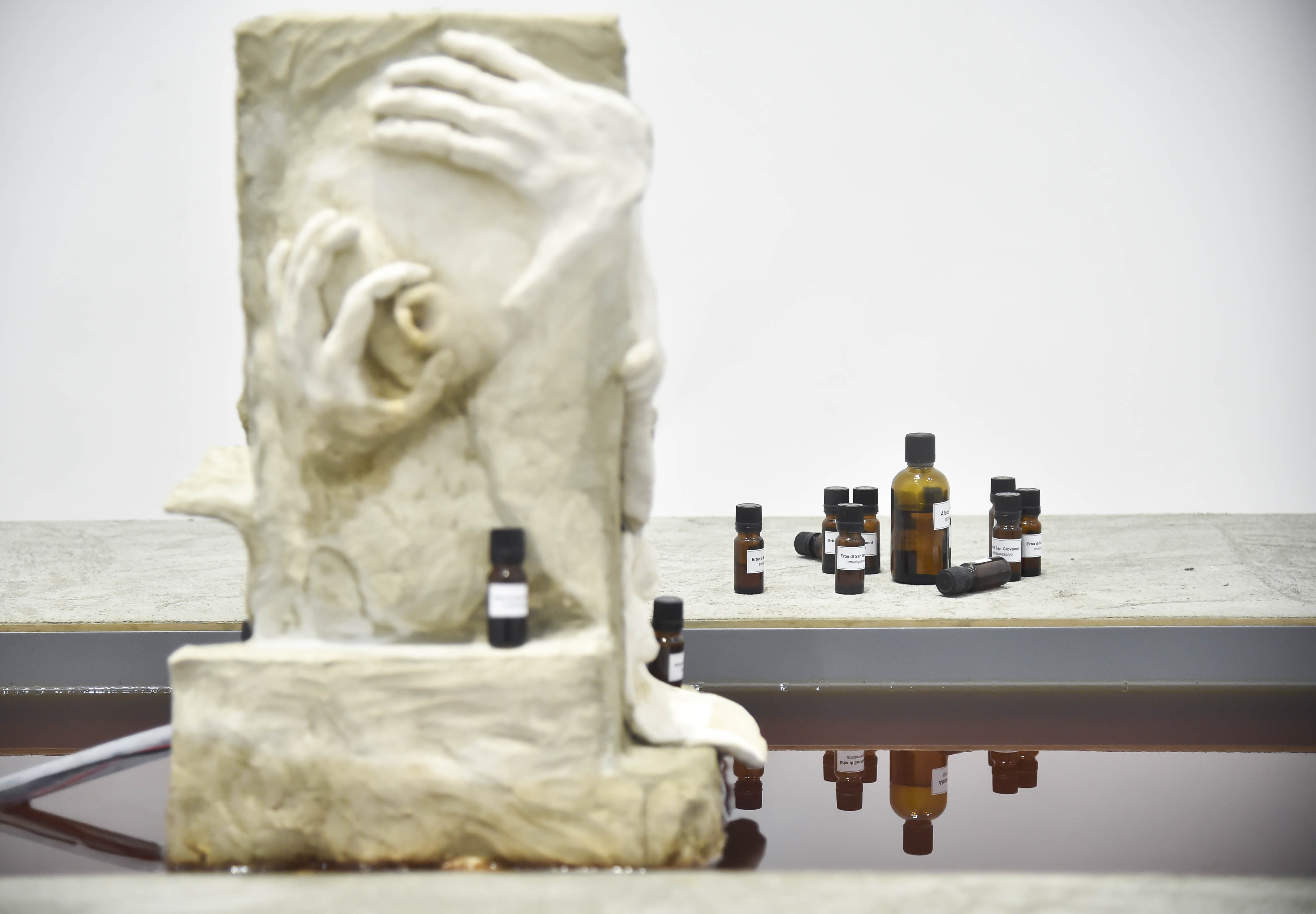Artists: Kader Attia, Mark Manders, Simon Wachsmuth e Lamia Joreige
Thanks to a partnership between Turin’s Museo Egizio, Fondazione Sandretto Re Rebaudengo, Turin’s Musei Reali and CRAST (Centro Scavi dell’Università degli Studi di Torino), an exhibition has been created that invites visitors to reflect on the importance of cultural heritage, proposing a common theme that brings together three prestigious museums – Museo Egizio, Fondazione Sandretto Re Rebaudengo and Turin’s Musei Reali – and the artefacts of the past, displayed alongside contemporary artworks. The topic will then be discussed in more detail at an international symposium in May.
These four institutions have come together to create a choir of voices discussing the extremely topical issue of vulnerability and the systematic and intentional destruction of cultural heritage, whilst at the same time stressing the importance of its conservation and protection.
The exhibition, which will be spread over three different venues – Museo Egizio, Fondazione Sandretto Re Rebaudengo and Musei Reali – has borrowed its title from a documentary made in 1953 by the French film director Alain Resnais (Les Statues Meurent Aussi) and uses a detail from a black and white photograph by Mimmo Jodice (taken from his Anamnesi) as its visual symbol, which features the face of a stone statue that has fallen victim to time and history. The scientific project – developed by curators Irene Calderoni, Stefano de Martino, Paolo Del Vesco, Christian Greco, Enrica Pagella and Elisa Panero – focuses on three main themes. The theme of destruction and plundering diachronically analyses the reasons that have led people to destroy artistic and archaeological heritage in an attempt to falsify the identity of others and to disperse and annihilate the collective memory of communities. The second theme is the power of images, which are never merely visual signs but rather the vessels of an infinite number of meanings and, often, instruments of power. The third and final theme is the role of museums: considered to be institutions whose purpose lies halfway between the principle of conservation/protection and appropriating activities, both ‘predators’ of heritage and custodians of artefacts that are otherwise exposed to the risk of destruction and oblivion. Symbols of Europe’s colonial past, museums today are asked to review and reconstruct their role as narrators of culture, shedding light on the biographical background of the objects they put on display.
The exhibition demands that we consider the following questions as a matter of urgency: What role does artistic/historical heritage play within the process of constructing the cultural identity of a community? What are the repercussions of such widespread destruction on our sense of belonging, on the concept of tradition and communion, on the possibility of considering ourselves as individuals within a group? On what bases can we build a future if the traces of our past have been systematically obliterated? How can we formulate a concept of compensation, of reconciliation?
The exhibition attempts to answer these questions by allowing ancient artefacts to interact with the works of contemporary artists, many of whom come from countries where war has put heritage at risk, and sometimes destroyed it, such as Iraq, Iran and Syria. With Statues Also Die, Museo Egizio has opened up to contemporary art for the first time in its history, displaying the exhibition in its room dedicated to Khaled al-Asaad, who was barbarously murdered by IS forces whilst attempting to defend the archaeological site of Palmyra, of which he had been the director for over 30 years. Nine contemporary artists conduct a dialogue through their works – installations, videos and photographs – with thousand-year-old artefacts. The exhibition begins with a striking collection of gazes: those of the nine faces photographed by Mimmo Jodice and the broken countenances of the governors of Qaw el-Kebir (1900–1850 BC). An important opportunity for reflecting on the role of museums is entrusted to works such as those of Ali Cherri, Liz Glynn and Kader Attia. An exhibition room is dedicated to photographs taken by the CRAST centre at Nineveh: the Turin-based research centre was the last to record the beauty of Sennacherib’s ‘Palace without Rival’ before it was razed to the ground. The approach adopted at Fondazione Sandretto Re Rebaudengo is to investigate the present, reflecting on the museum’s themes, on archaeology, colonialism, national identity and the relations between cultures. The exhibition revolves around Kader Attia’s 16 empty display cabinets with their shattered glass, inviting the viewer to reflect on the various different ways in which museum artefacts have been ill-treated. The same themes are tackled in different ways by the artists Mark Manders, Simon Wachsmuth and Lamia Joreige. Two artefacts hailing from Museo Egizio’s collections still bear the signs of the violence to which they were subjected in the distant past.
Musei Reali have put forward their own reflection with their display of archaeological artefacts and works of art: from Assyrian bas-reliefs, Cypriot and Roman art right up to the paintings of Rogier van der Weyden. The exhibition weaves in contemporary art with Mariana Castillo Deball’s spectacular installation in the extremely central location of Palazzo Reale’s Salone delle Guardie Svizzere, as well as footage of recent research and restoration work carried out by the CRAST centre in Iraq. Tales of new uses, destruction and looting, but also of new contexts of form and meaning, lost identities, dismemberment and long-distance journeys: a modern-day scenario that follows the market forces that, as ever, have regulated the arrival of cultural assets, initially in large dynastic collections and, later, in the world’s most prestigious Western museums.
Statues Also Die is based on the conviction that art has the power to trigger new debate, setting itself a two-fold aim: to inform the public and demonstrate the outcome of the recent violent destruction that has devastated the cultural and artistic heritage of many countries; and to raise awareness, because it is only through an understanding of cultural assets that we can ensure that
heritage is carefully safeguarded, a legacy and a collective memory that must be protected and passed on. The exhibition is part of the programme of events held to mark the 2018 European Year of Cultural Heritage, whose themes will be discussed in-depth at an international conference that will include scholars and experts from various different fields who, taking their cue from this exhibition, will discuss the many issues related to the vulnerability and destruction of treasures of the art world and the importance of carefully protecting and preserving cultural heritage.
